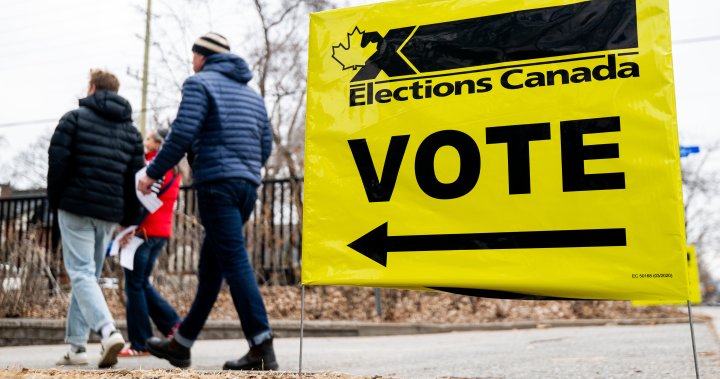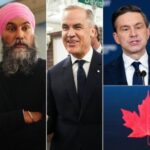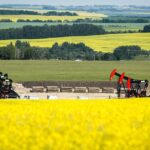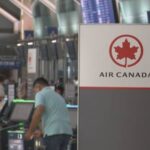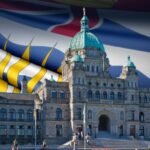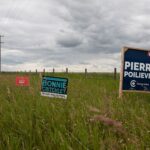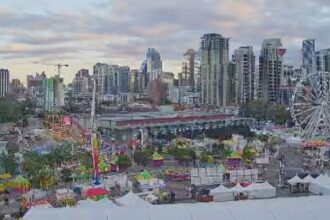Ontario’s Influence on the 2025 Federal Election
The political chessboard is being set for Canada’s 2025 federal election, and Ontario—with its 121 parliamentary seats—stands as the kingmaker province that could single-handedly determine which party forms the next government. Recent polling and historical voting patterns suggest that the path to power in Ottawa runs directly through Canada’s most populous province, where shifting voter sentiments in key suburban battlegrounds could upend current political calculations.
“Ontario has always been crucial in federal elections, but 2025 could see an unprecedented level of strategic focus from all parties,” explains Dr. Melissa Chen, political science professor at the University of Toronto. “With the Liberals currently holding a tenuous minority government and the Conservatives seeing momentum in recent polls, the Greater Toronto Area alone could decide who becomes prime minister.”
Shifting Poll Numbers
The numbers tell a compelling story. In the 2021 federal election, the Liberals captured 78 of Ontario’s seats, compared to the Conservatives’ 37 and the NDP’s 5. However, recent polling from Abacus Data indicates Conservative Leader Pierre Poilievre has made significant inroads in Ontario, where his party now leads with 37% support compared to the Liberals’ 31% and the NDP’s 22%.
This potential Conservative surge threatens Liberal strongholds across the suburban communities surrounding Toronto—commonly known as the “905 region” for their area code. These battleground ridings have consistently acted as weathervanes for broader national political shifts.
Key Voter Concerns
Economic concerns appear to be driving the changing political landscape. “Ontario voters are increasingly focused on affordability issues—housing costs, grocery prices, and overall economic management,” notes Richard Thompson, senior analyst at the Canadian Institute for Electoral Studies. “The party that convincingly addresses these kitchen-table concerns will likely sweep the province’s crucial swing ridings.”
Immigration policy has emerged as another flashpoint for Ontario voters. The federal government’s approach to managing immigration targets and addressing irregular border crossings has drawn both support and criticism across the political spectrum. How parties position themselves on this issue could significantly impact their electoral fortunes throughout the province.
The Role of Third Parties
The NDP, meanwhile, sees potential to expand its footprint in Ontario under new leader Jagmeet Singh. With targeted messaging on housing affordability and healthcare, the party aims to pick up seats in urban centers including Toronto, Hamilton, and Windsor. However, analysts note the NDP faces the perpetual challenge of vote splitting with the Liberals in progressive-leaning districts.
Impact of Provincial Politics
Premier Doug Ford‘s Progressive Conservative provincial government also factors into the federal equation. Ford’s relationship with federal Conservative leadership has historically been complex, and his popularity—or lack thereof—could influence how Ontario voters perceive the federal Conservative brand.
“The Ford factor cannot be underestimated,” says political strategist Samantha Williams. “Federal parties will need to carefully calculate how closely to align with or distance themselves from the provincial government based on polling in specific regions.”
Regional Battlegrounds
Beyond the Greater Toronto Area, eastern Ontario and southwestern regions like London and Kitchener-Waterloo have emerged as critical battlegrounds where small vote swings could flip multiple seats. Northern Ontario, traditionally split between the Liberals and NDP, could also see Conservative gains if economic messaging resonates with voters concerned about resource development and job creation.
Looking Ahead
As party war rooms develop their strategies for 2025, all signs point to an unprecedented concentration of resources targeting Ontario voters. From advertising dollars to leader tour schedules, the province can expect to be the epicenter of campaign activity.
With just over a year until Canadians head to the polls, one question looms large for all federal parties: Can they craft a message that resonates with Ontario’s diverse electorate, from Toronto’s urban core to its suburban expanses and rural communities? The answer may very well determine who holds the keys to power on Parliament Hill for years to come.

